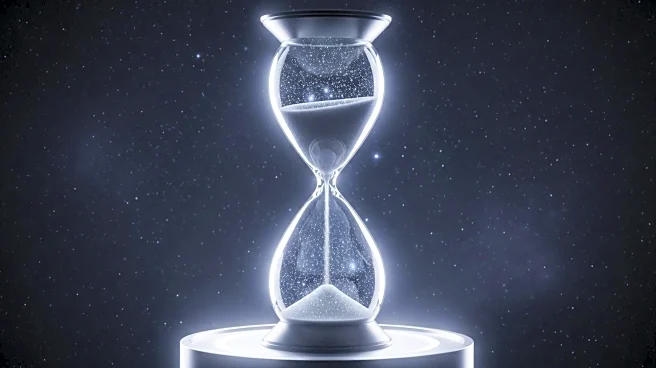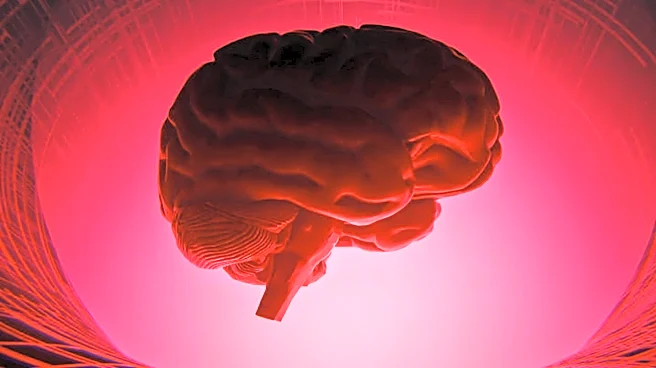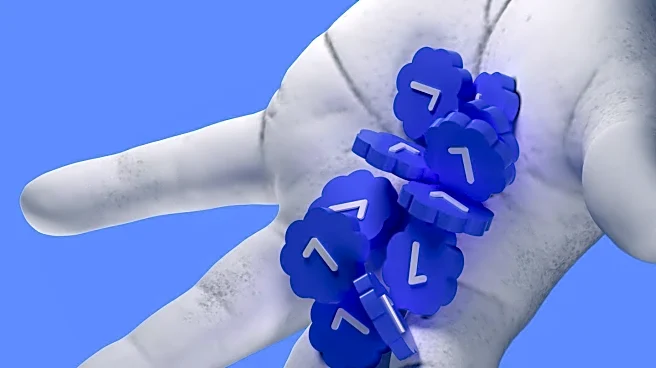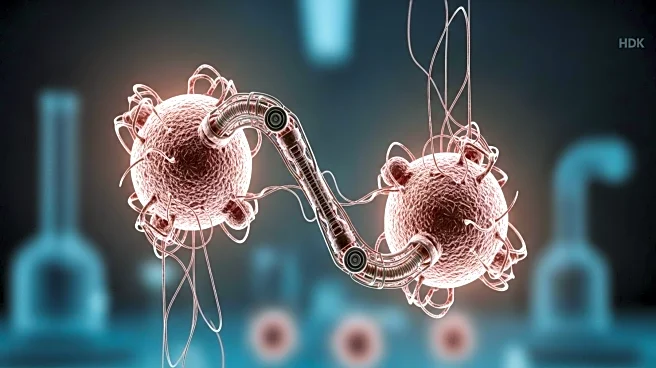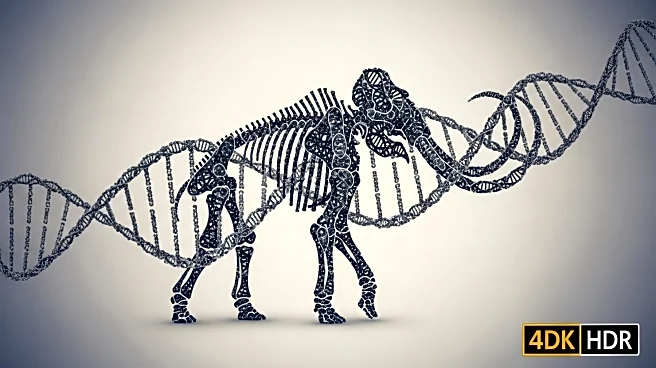What's Happening?
A recent case study published in Neurocase highlights the extraordinary abilities of a teenage girl, referred to as TL, who possesses hyperthymesia, a rare condition characterized by highly superior autobiographical memory. TL can recall personal memories with vivid detail and accuracy, and she can mentally revisit specific moments in her life at will. Her ability extends beyond recalling past events to imagining future scenarios, offering researchers new insights into the organization and access of autobiographical memory in the brain. TL's memory system is described as a structured internal world where memories are stored in a 'white room' organized thematically, with emotional weight and vivid perceptual details. This case study provides a unique perspective on how autobiographical memory functions and its potential implications for understanding cognitive processes.
Why It's Important?
The study of TL's hyperthymesia offers significant insights into the cognitive processes underlying autobiographical memory. Understanding how individuals with hyperthymesia organize and access their memories can inform broader research on memory and cognition, potentially leading to advancements in psychological and neurological studies. This case also raises questions about the role of emotion, spatial imagery, and subjective perspective in memory construction, which could impact therapeutic approaches for memory-related conditions. Furthermore, TL's ability to control her memory access and navigate her memories consciously suggests potential applications in enhancing memory recall and emotional regulation techniques.
What's Next?
The researchers involved in the study acknowledge the limitations of case studies and emphasize the need for further research to explore the broader implications of hyperthymesia. Future studies may investigate how aging affects the memories of individuals with hyperthymesia, whether their mental time-travel abilities change over time, and if they can learn to control the accumulation of memories. These inquiries could lead to new hypotheses and refine existing theories about memory and cognition, paving the way for innovative research directions.
Beyond the Headlines
TL's case introduces novel dimensions to the study of memory, particularly the integration of emotional regulation and spatial imagery in memory organization. Her use of imagined rooms tied to emotional functions suggests that some individuals may develop internal mechanisms to manage the emotional weight of their memories. This aspect of memory organization could have implications for understanding how memory interfaces with other cognitive processes and may inspire new approaches to memory enhancement and emotional management.
